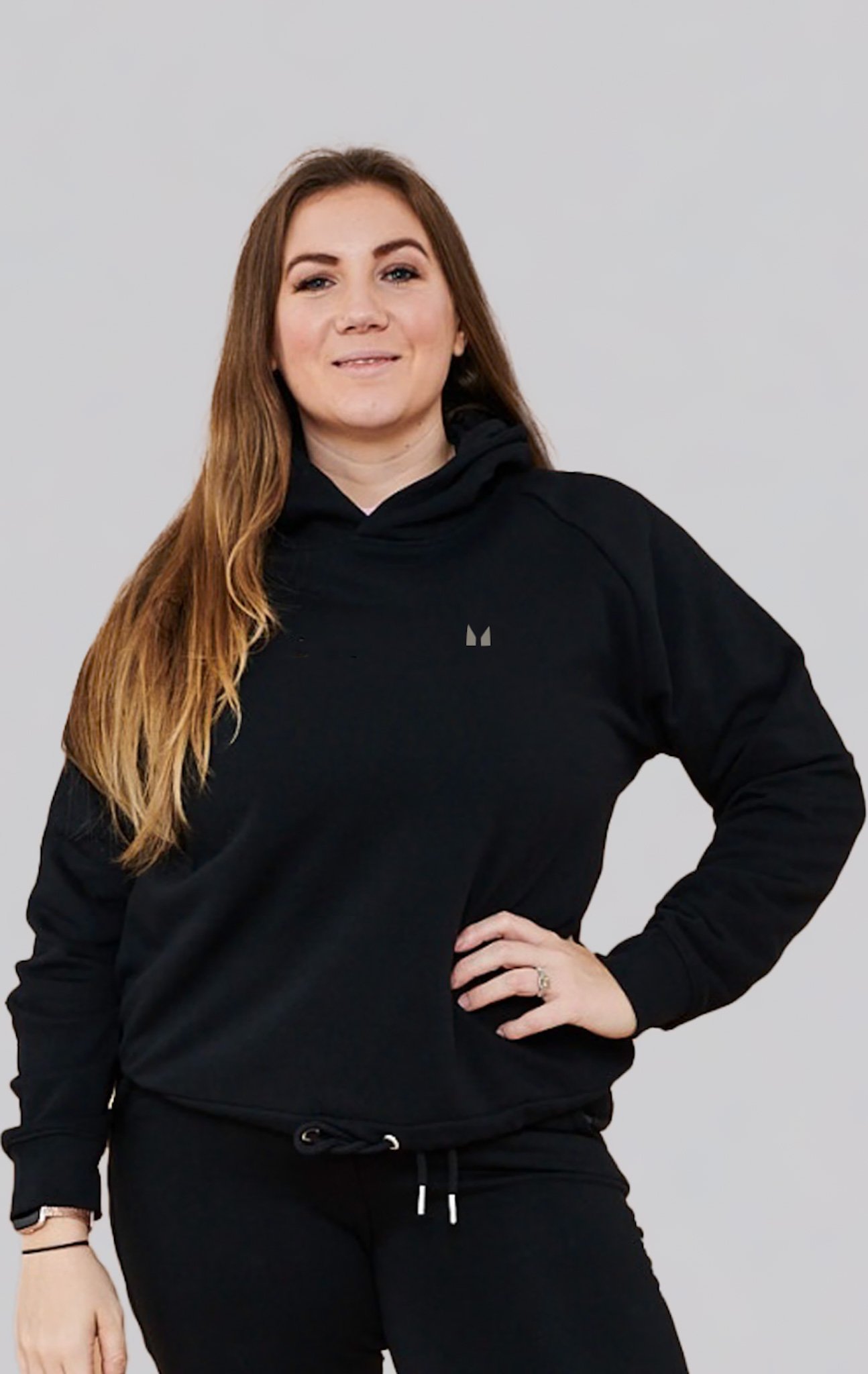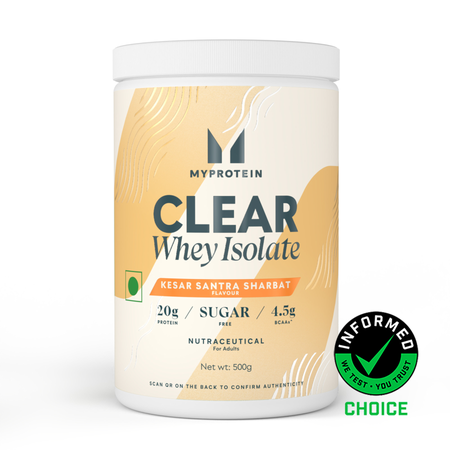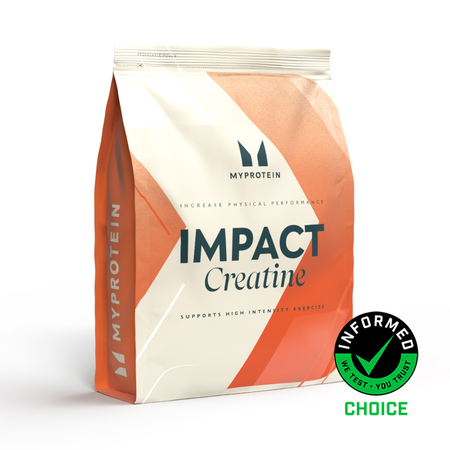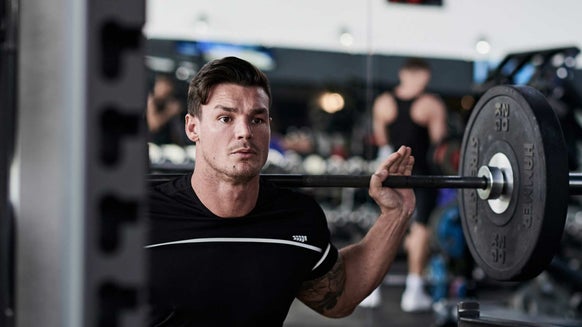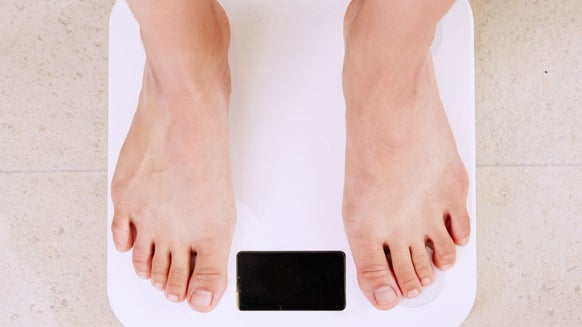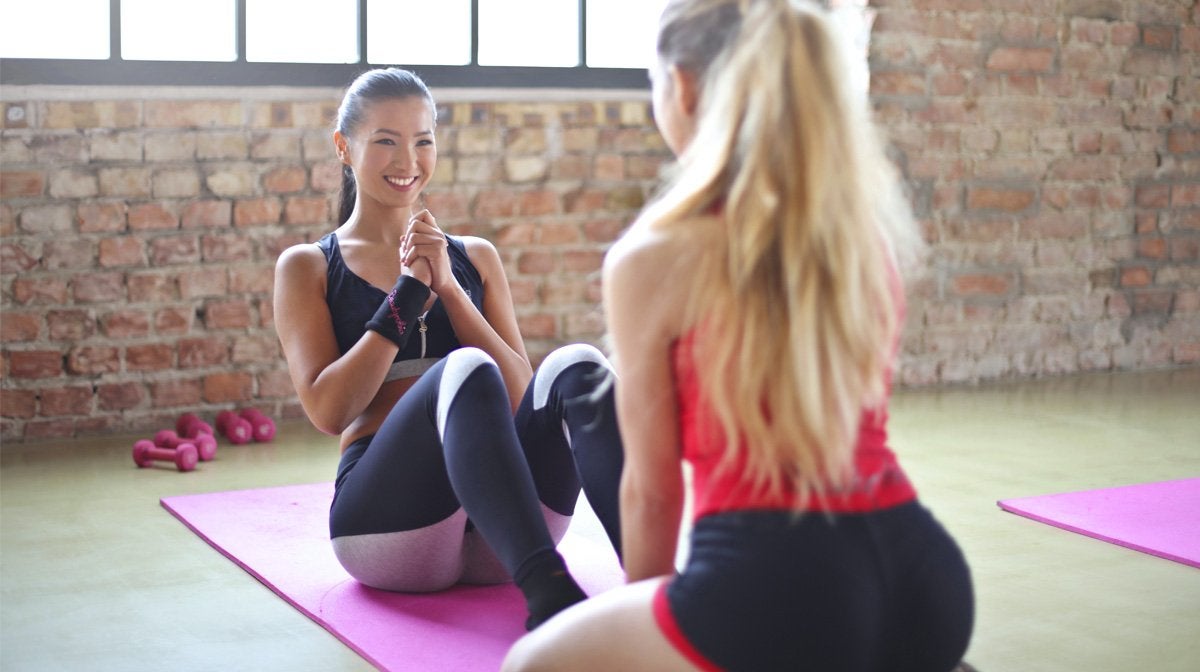
Traditional workout splits that focus on individual muscle groups are great. There’s something pleasingly satisfying about having a day dedicated to each part of the body — leg day, chest day, arm day.
But this way of organising workouts isn't for everyone. Sometimes, when you’re short on time, a full-body workout is exactly what you need. They’re time efficient, a nice change from the regular, and you definitely feel like you’ve had a proper workout.
Here’s everything you need to know about full-body workouts, including their benefits and how to make the most of them.
Everything you need to know about full body workouts
What are the benefits of a full body workout?
Full-body workouts can have loads of benefits for building strength and muscle. Like most workouts, you can mix up session times and lengths for different results.
Save Time
One of the biggest benefits of full-body workouts is their time-efficiency. You can get some great workouts in without spending all week in the gym.
Recover better and faster
Recovery can be tricky when you're hitting back-to-back sessions, but it's important to let your body recover for maximum muscle gains. Full-body workouts — completed only a few times a week — allow for a bigger recovery period between workouts.
Burn more calories
Full-body workouts tend to hit larger muscle groups or multiple muscle groups at once, meaning you can burn more calories during a workout. So if fat loss is one of your main goals, full-body workouts might be the way to go.
Build muscle and strength
Hypertrophy training is essential for muscle growth, but with a split training plan, some muscle groups are only hit once a week. Full-body workouts mean you can target muscle groups up to 3-4 times a week. Compound movements, like squats and deadlifts, commonly feature in full-body workouts, challenging large sections of the body while building strength.
Who are full body workouts for?
Full-body workouts are for anyone and everyone. They’re great if you want to refresh your training plan, want to save time in the gym, burn calories, or just building muscle and strength.
Even if you like a split training plan, you could still gain some of the benefits by dedicating one full day to a full-body workout.
Can you build muscle with a full body workout?
Full-body workouts are great for building muscle because you can target multiple muscle groups at the same time multiple times a week while still leaving plenty of time for recovery.
The focus on compound movements — as well as the strategic inclusion of a few key isolation exercises — consistently challenges your body to build muscle mass and strength.
How often should you do a full body workout?
Full-body workouts are perfect for people short on time but want to maximise their workouts. Try to get in 3-4 full-body workouts per week.
How long should full body workouts be?
Full-body workouts don’t need to be long — to get the most out of your sessions, keep them between 30-60 minutes, and focus primarily on compound movements as well as some accessory movements.
Try to complete 3-4 sessions per week for 12 weeks to progressively overload your muscles and break your training programme into 4-6-week blocks, assessing and changing your training accordingly.
Should you do cardio exercises on rest days?
Rest days are essential for recovery and avoiding injury, and skipping them can limit results. But ‘rest’ day doesn’t mean you need to sit around all day nothing — although it’s fine if you want to put your feet up.
Low-cardio exercises like walking, light swimming, yoga, pilates, and other mobility work, are great for active recovery, helping to reduce soreness and speed up muscle repair. 20-30 minutes should be more than enough on your day off.
Are full body workouts or split workouts better?
Both full-body and split workouts are good for increasing strength, muscle mass, and power output, so choosing which is best for you is completely down to personal preference and goals.
Split workouts can often be time-demanding but do allow for plenty of isolation work — which is great for muscle growth.
Full-body workouts are ideal for people with a little less time to dedicate to the gym but still want to see muscle growth.
How do I recover from a full body workout?
Prioritising recovery is important when it comes to full-body workouts as they tend to be high-intensity and demanding. Follow these steps to make sure your body recovers properly and as quickly as possible.
Warm up and cool down . Dedicate enough time at the beginning and end of your workout to warm up and cool down properly. This will help your muscles recover for your next workout and should help reduce DOMS.Stay hydrated . You’ll lose a lot of water from sweating during an intense workout, so it’s important to replenish this by staying properly hydrated.Keep moving . Active recovery is a great way to help mobility, flush out muscle soreness, and speed up muscle repair.Fuel your body properly . Staying on top of your nutrition is important, even on rest day. Prioritise for muscle repair and carbohydrates to help replenish muscle glycogen stores.
The best full body workout exercises
Choosing the right exercises is crucial to ensuring your full-body workout is effective and efficient. Include these essential exercises in your routine:
Compound Barbell Movements
Squats
The best leg exercise out there — anyone who can should include this in their workouts.
- Place the barbell on your shoulders with your hands gripping slightly wider than shoulder-width, and position your feet hip-width apart.
- Keep your head up, back straight, and drive your hips back and down. Maintain tension throughout the movement.
Lower down your hips until they’re in line with your knees at a 90-degree angle. Hold for 1-2 seconds at the bottom of the movement before driving your feet into the floor to push yourself back up.
Deadlifts
The king of compound movements — one of the best for improving strength and muscle mass.
- Position your feet hip-width apart and grip the floor with your feet. Keep your shins vertical.
- Bring your shoulders over the bar and hinge at the hips, driving them down towards the floor.
- Contract your lats, pulling them back and down, using the bar to pull your body in tight, and lift your chest to set you back.
- Take in a deep breath, engage your core, and drive through the floor with your legs, keeping the bar close to your body.
Lock out your hips at the top, engaging your quads, glutes, and lats. Maintain tension in your core, hinge from your hips, and lower the weight to the starting position with as much control as possible.
Bench press
A staple chest exercise for building strength and size in your pecs.
- Lie flat on your back on a bench and grip the bar with your hands shoulder-width apart.
- Take a deep breath, lift the bar up above your chest with your arms extended.
- Keeping tension in your back, slowly lower the bar to the base of your sternum, bending your elbows.
Just before the bar touches your chest, drive it back up by extending your elbows, squeezing your pecs, and driving your feet into the ground.
Barbell row
Perfect for building strength in the back muscles — which should help improve other compound movements.
- Stand with your feet shoulder-width apart and bend your knees. Lean forward from your waist, keeping your back straight and your neck in line with your spine.
- Grab the bar with your hands shoulder-width apart, palms facing downwards, and arms straight with soft elbows.
Brace your core and squeeze your shoulders together to row the weight up until it touches your sternum. Slowly lower the bar back down again and repeat.
Cardio & Strength Building Movements
Burpees
A full-body cardio exercise that’s effective for building muscle and improving heart health.
- Stand with your feet hip-width apart, bend into a squat position while keeping your core engaged, and lower your hands to the floor, in line with or just inside your feet.
- Lean your weight into your hands and jump your feet back into a high plank position, then lower your body to the ground.
Engage your core and glutes to return to a high plank, jump your feet back into your hands, return to a squat position, power up out of the squat, and repeat.
Devil’s press
A deceptively simple yet effective all-in-one movement.
- Place your dumbbells on the floor next to each other, lined up with your shoulders.
- Squat down, grab each dumbbell, and then jump your feet back to get into the push-up position.
Jump your feet back up to the dumbbells, stand up, and lift the dumbbells over your head, then repeat.
Kettlebell swings
A great endurance-building exercise that doesn’t really feel like cardio.
- Start with the kettlebell on the floor slightly in front of you between your feet. Feet should be shoulder-width apart.
- Hinge at the hips, grab the kettlebell on top of the handle, and pull it back between your legs to start the momentum.
- When the kettlebell is at the furthest point back between your legs, drive your hips forward, engage your core, and keep your chest lifted to send the kettlebell up to shoulder height.
Let the bell return back between your legs and repeat.
Press-ups
A classic full-body exercise that can give great results if performed correctly.
- Start in a high plank position, placing your hands as wide as is comfortable.
- Keep your hands narrow if you want to target your triceps, and keep them wider if you want to target your chest.
- Slowly lower your chest towards the floor, bending at the elbow and keeping your abs engaged.
Just before you touch your chest to the floor, push through your hands and return to the start position.
If you cannot complete the movement on your feet without touching the floor, the drop your knees to the floor and use the same method as above.
Pull-ups
A simple but challenging movement that’s great for building strength. Use resistance bands if you need help pulling yourself up at first.
- Stand directly below the pull-up bar, and grab the bar with your hands in an overhand grip, slightly further than shoulder-width apart.
- Hand from the bar, engage your core, and pull your shoulders back and down.
- Engage your muscles through your arms and back, bend your elbows and pull your upper body back up until your chin is over the bar. Hold for 1-5 seconds.
Slowly extend your elbows and lower your body back down to the starting position.
Core & Balance Movements
Mountain climbers
A great movement to get your heart rate up while hitting your whole body and improving balance.
- Start in a high plank position, placing your hands as wide as is comfortable.
- Engage your core and drive your right knee towards your chest, then return it to the starting position before bringing your left knee towards your chest.
Repeat the movement while keeping your hips flat.
Bear crawls
A challenging movement but one that’s great for strengthening the body.
- Get into the press-up position and lower your knees towards the floor until your legs form a 90-degree right angle and your shins parallel to the floor. Your hands should be flat on the floor and under your shoulders.
- Pull your lats back and down, engage your core by pulling your belly button towards your spine, and brace yourself.
Move forward by simultaneously moving your right hand and left leg forward in a crawling motion.
Plank rotations
Take your plank up a level with this rotation variation that hits your whole body.
- Start in a high plank position with your core engaged and your hands shoulder-width apart.
- Shift your weight to the right side and twist your chest, raising your left arm to point towards the ceiling.
- Pause at the top of the movement and then rotate back down, ensuring to control the movement. Once back in the starting position, repeat by rotating your weight to the left and raising your right arm.
Continue repeating until you have completed all the reps.
Walking Lunges
An excellent leg burner that’s also great for strengthening the core as well as improving coordination and balance.
- Stand with your feet shoulder-width apart and your hands on your hips or out in front of you. Engage your core by pulling your belly button towards your spine.
- Step your left leg backwards and bend your knee, driving it towards the floor. At the bottom of the movement, push through both feet to return to the starting position.
- Take a big step forward with your right leg and slowly drop your back knee towards the ground. Ensure your toes are pointing forwards, hips are tucked under, and your front knee doesn’t move past your ankle.
- Pause when your leading knee reaches a 90-degree angle and your front thigh is parallel to the floor. Avoid letting your back knee touch the ground to ensure your muscles are fully activated throughout the movement.
Push off your front foot and drive the back leg forward to step into another lunge. Keep your torso upright and your core activated throughout the movement.
Renegade row
A simple but challenging full-body movement — focus on perfect form for maximum benefits.
How to:
- Place your dumbbells on the floor next to each other and position yourself in the press-up position with your hands on the dumbbells.
Engage your core, hold a tight position, and row one arm at a time. Hold at the top of the row for 1-2 seconds before returning to the start position.
Take Home Message
Full-body workouts are great for anyone who wants to see results from their training without spending all their time in the gym.
Compound movements are a key part of a good full-body workout programme, but this doesn’t mean you have to give up isolation movements completely.
One of the biggest benefits of full-body workouts is the time they can give you for proper rest — so make sure to take advantage of this with some active recovery.
